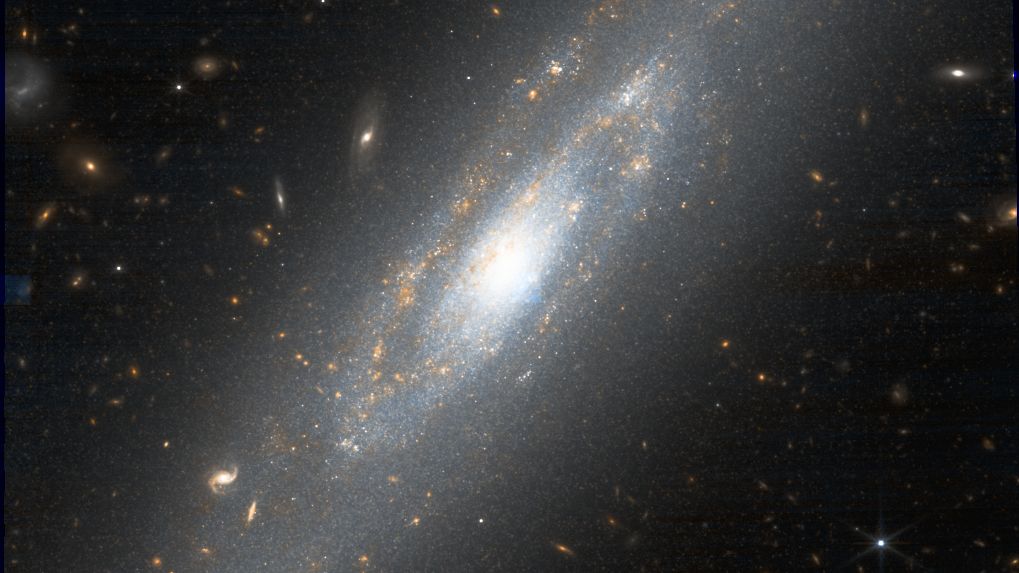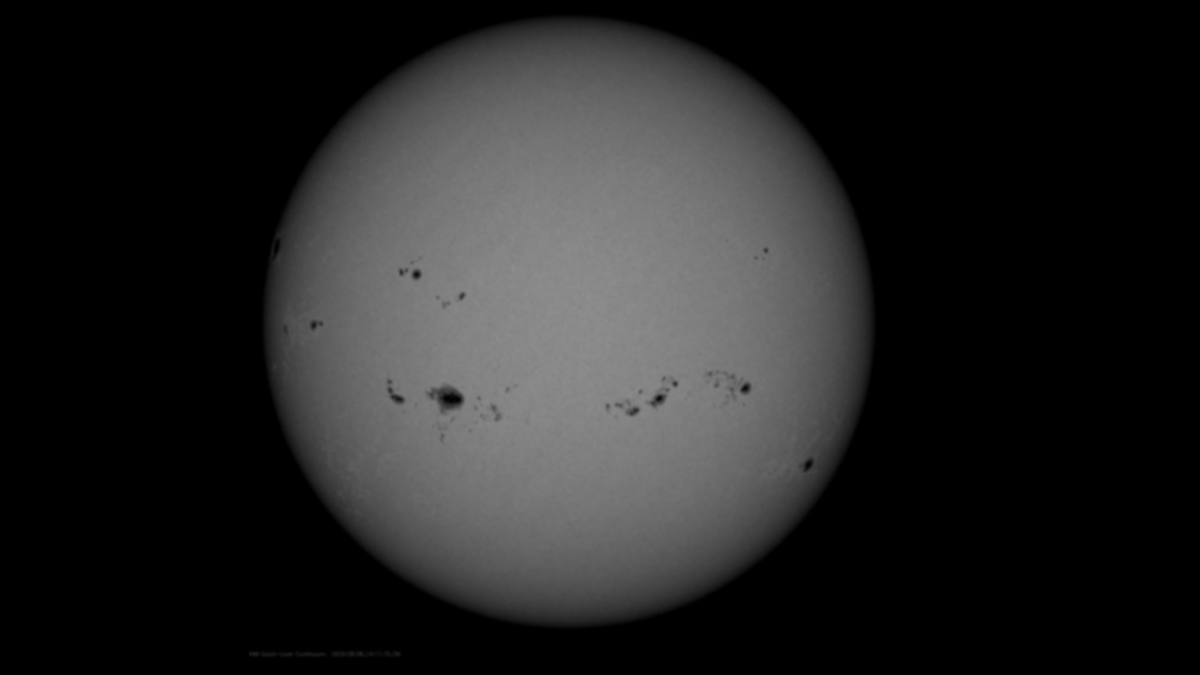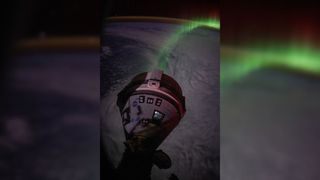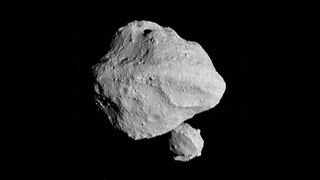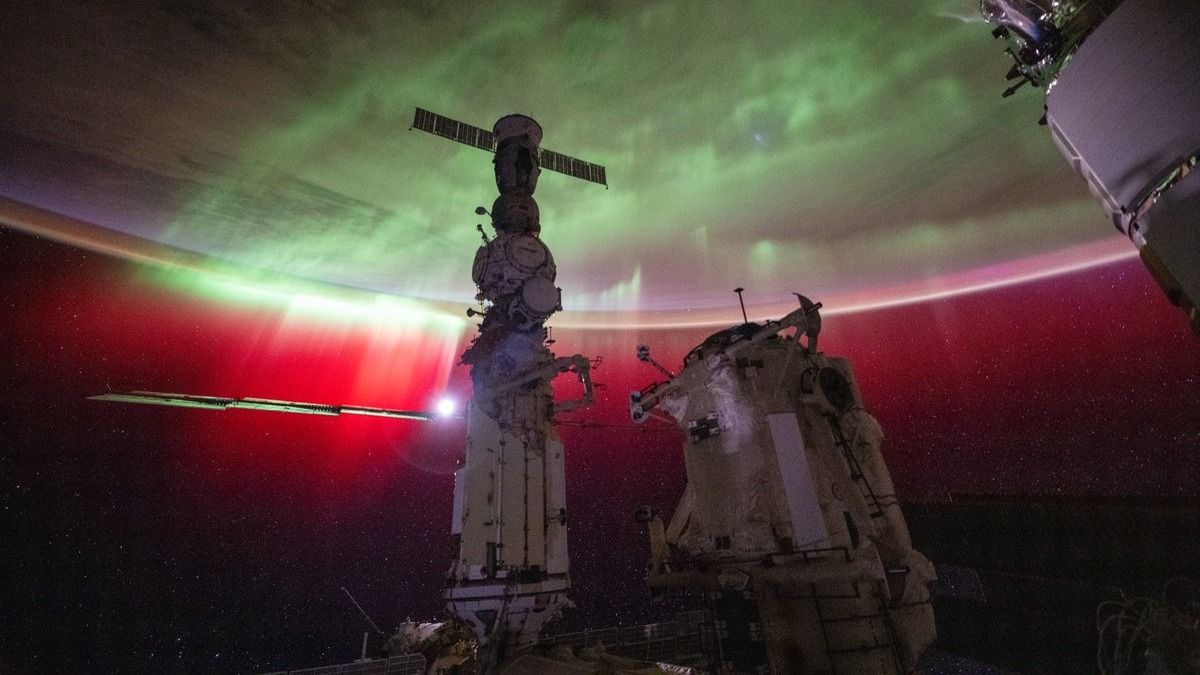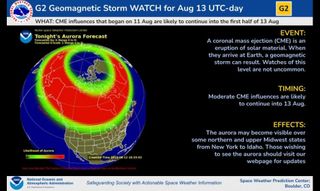If you’re looking for a machine to work with graphics or a convertible 2-in-1 to view media, the HP Spectre x360 14 has something for everyone. Packaged with a digital stylus pen, it’s unchanged in its design compared to last year’s model— but that’s no bad thing. Its premium build quality and high-end feel underline a machine with plenty to offer. Geared to creatives, HP’s well-engineered device is fitted with the latest components—including a high-end Intel CPU and a whopping 32 GB RAM — and a stunning OLED display that…
Read MoreCategory: Solar System
Our solar system
James Webb Space Telescope adds to the confusing drama of Hubble tension
It would appear that James Webb Space Telescope observations of 10 nearby galaxies suggests the Hubble tension — which is a puzzling discrepancy in measurements regarding the rate of the expansion of the universe — may not be real after all. The James Webb Space Telescope‘s observations put the average value of the Hubble constant (H0), key in determining the rate at which the universe is expanding, at 69.96 kilometers per second per megaparsec. This is indeed consistent with predictions stemming from the standard model of cosmology, which should sound…
Read MoreThe sun might’ve just had a record-breaking number of visible sunspots
On Aug. 8, scientists may have caught hundreds of individual sunspots on images produced by NASA’s Solar Dynamics Observatory (SDO). To us, sunspots might seem really tiny — but don’t be fooled. They are actually dark areas typically the size of the entire Earth on the sun’s surface. Plus, they exhibit strong magnetic fields that can fire off solar flares, which spew pulses of electromagnetic radiation into space. These are the explosions that lead to coronal mass ejections (CMEs) that can create solar storms on Earth. “The process of the…
Read MoreDarth Jar Jar? This ‘Lego Star Wars: Rebuild The Galaxy’ trailer imagines an odd, twisted universe (video)
LEGO Star Wars: Rebuild the Galaxy | Official Trailer – YouTube Watch On It’s truly a wonder that this miraculous mashup of “Star Wars” proportions has never been properly executed in any of the many media arms this omnipotent franchise occupies, but leave it to Lego to tackle the task. Let the mixing and matching begin! Last Friday, at the the D23 fan event in Southern California, a new trailer for “Lego Star Wars: Rebuild the Galaxy” was revealed that doubles down on the crazy concept of an alternate “Star…
Read MoreWill Boeing’s Starliner astronauts ride a SpaceX Dragon home in 2025? NASA could decide next week
Boeing’s two Starliner astronauts may learn their fate in the next two weeks — but, for now, NASA still doesn’t know when the duo is coming home. So, while the space agency’s best and brightest works with Boeing engineers to continue assessing data from ground tests of Starliner’s systems, the spacecraft’s crew, NASA astronauts Butch Wilmore and Sunita Williams, will remain aboard the International Space Station (ISS) for now. Wilmore and Williams launched to the ISS aboard Starliner for the spacecraft’s Crew Flight Test (CFT) on June 5. Their mission,…
Read MoreSpaceX’s Elon Musk endorsed Donald Trump for president. Here’s what it could mean for US space policy (op-ed)
This article was originally published at The Conversation. The publication contributed the article to Space.com’s Expert Voices: Op-Ed & Insights. Svetla Ben-Itzhak is an Assistant Professor of Space and International Relations at Johns Hopkins University Elon Musk officially endorsed Donald Trump for president of the United States on July 13, 2024, shortly after Trump survived an assassination attempt. Musk, a billionaire technology entrepreneur, has made groundbreaking contributions in multiple industries, particularly space travel and exploration. Even before Musk’s endorsement, Trump was reportedly considering giving the billionaire an advisory role if elected for a second term. With Musk’s public…
Read MoreWeird, ‘watermelon shape’ asteroids like Dimorphos and Selam may finally have an explanation
The unusual shapes of the tiny asteroids Dimorphos and Selam have perplexed astronomers for years, but a new study finally explains how they got so strange. It also suggests these bizarrely shaped “moonlets” may be more common than scientists thought. Binary asteroids — pairs of asteroids that are essentially mini versions of the Earth-moon system — are pretty common in our cosmic neighborhood. These include the Didymos-Dimorphos duo that headlined NASA’s 2022 Double Asteroid Redirection Test (DART) mission. Previous research suggests that such binary asteroids form when a rubble-pile “parent”…
Read MoreNew ISS images showcase auroras, moon and space station in glorious photos (video)
The moon’s glow meets a multicolored aurora in a new astronaut image from space. International Space Station (ISS) and NASA astronaut Matthew Dominick, a veteran photographer of the Expedition 71 crew, captured the moon and auroras from his perch 250 miles (400 kilometers) above Earth. “The aurora have been amazing the past few days. Great timing for trying out a new lens that recently arrived on Cygnus,” Dominick said on X, formerly Twitter, in one of the posts. (Cygnus is a cargo spacecraft from Northrop Grumman that arrived Aug. 6).…
Read MoreWatch a Perseid fireball light up the skies above Macedonia in this striking video
Perseid Meteor catch on Camera Live – 13 August 2024 #perseids – YouTube Watch On In the early hours of Tuesday morning (Aug. 13), at around 1:03 a.m. local time, a dazzling Perseid fireball streaked across Macedonian skies above Lake Ohrid. A webcam system installed throughout the Lake Ohrid region captured the dramatic sight. “The video with the meteor is incredible. We see in the video 7 seconds of a falling meteor. I love technology today,” photographer Stojan Stojanovski, who created the webcam system, told Space.com in an email. Related:…
Read MoreAurora alert: Geomagnetic storms from solar flares may supercharge northern lights across US, Canada
The sun’s stormy weather is supercharging auroras on Earth this week, due to a series of intense geomagnetic storms triggered by recent solar flares. On Monday (Aug. 12), the U.S. National Oceanic and Atmospheric Administration’s (NOAA) Space Weather Prediction Center (SWPC) detected a severe G4-class geomagnetic storm over Earth at 11 a.m. EDT (1500 GMT) that surely would have amplified northern lights displays across the United States if it had not occurred in the middle of the day. “A severe geomagnetic storm includes the potential for aurora to be seen…
Read More
